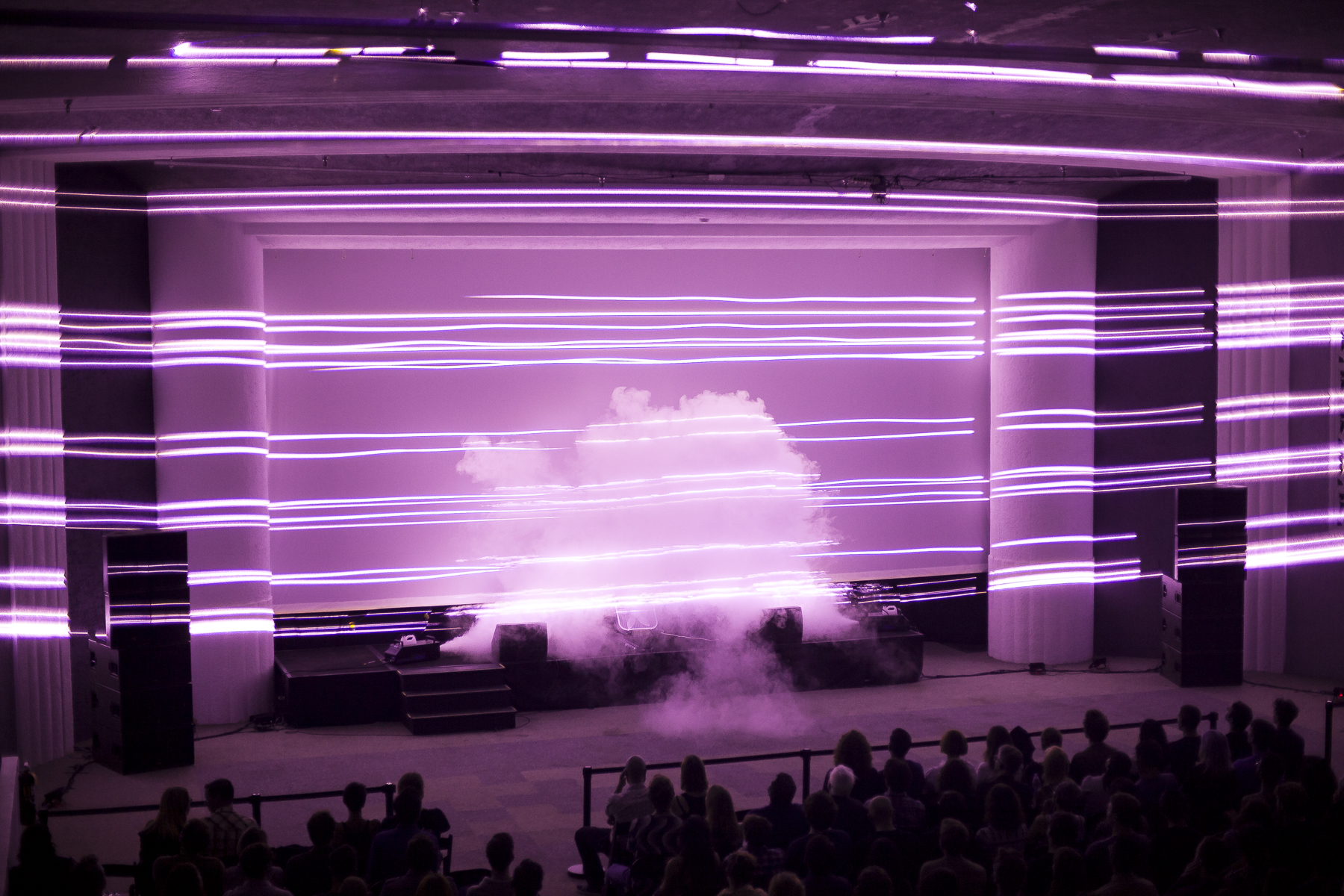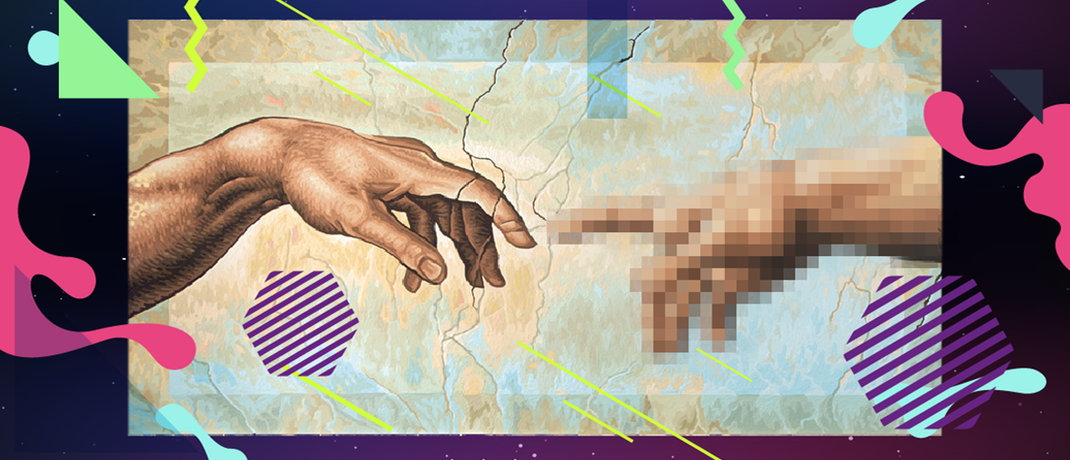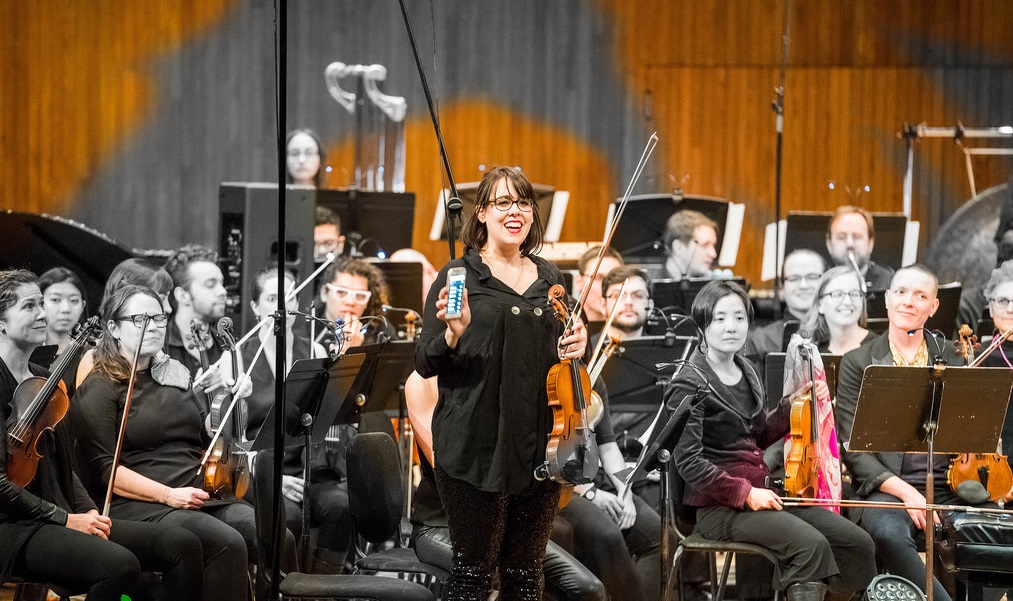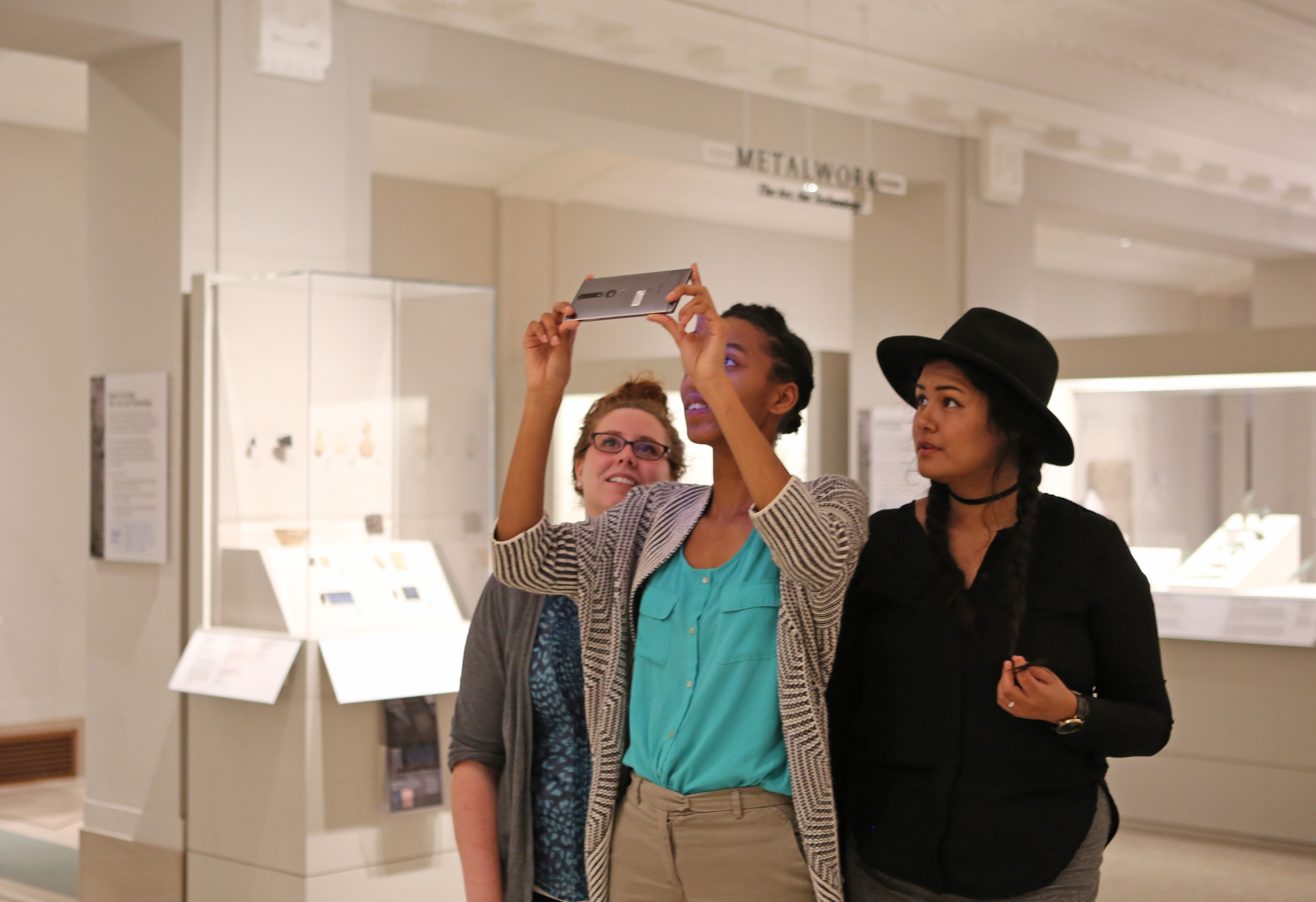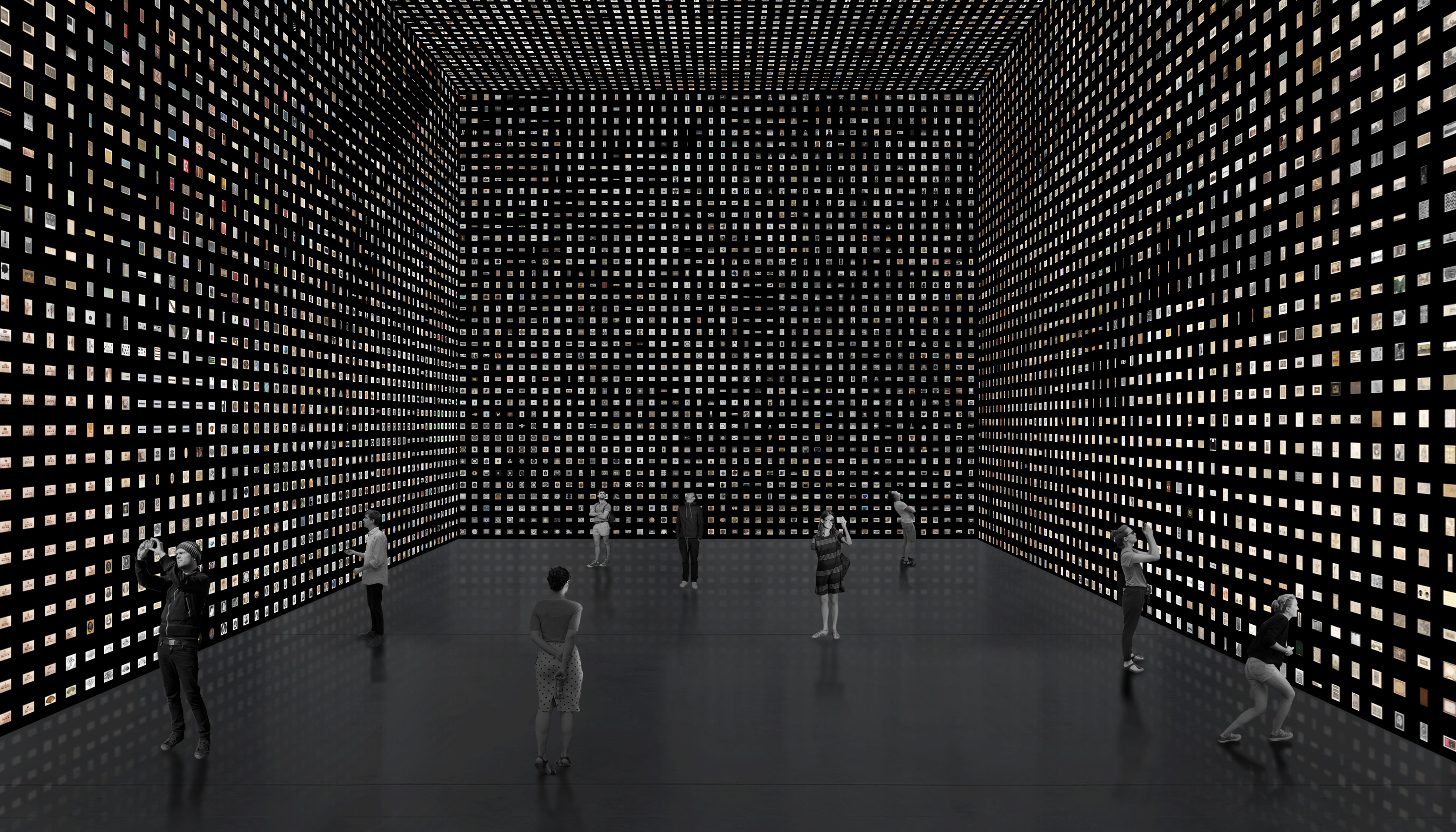Want to learn more about these new investments? Chris Barr, Knight director for arts and technology innovation, explains our focus on improving the digital arts ecosystem.
MIAMI — November 15, 2018 — As digital art becomes part of the mainstream, how are artists and institutions engaging audiences and creating a strong future for this work? Four new projects supported by the John S. and James L. Knight Foundation aim to help digital artists establish long-term success and explore answers to this question.
The projects offer a network of support to artists working in a changing cultural climate, one that increasingly emphasizes digital creations and experiences. They will help train artists to better use digital tools for art-making; support the development and sustainability of open-source software for artists; build communities of digital artists; and explore new business models for digital artists.
“Art is a cornerstone of community that plays a vital role in connecting people with the places they live and each other. However, audience expectations for the arts have shifted in the digital age, with an increased appetite for immersive and interactive experiences that incorporate technology,” said Victoria Rogers, Knight Foundation vice president for the arts. “These projects offer new support and resources for artists working to harness the power of technology to engage and inspire audiences.”
The projects receiving support are:
- Gray Area Foundation for the Arts ($150,000) – To develop a playbook for creating immersive digital art installations in a pop-up museum format. Immersive media exhibitions have become highly popular in recent years, showing much success in attracting and engaging audiences. As digital artists explore new ways to create, show and sell their work, lessons can be learned from this fresh model. Gray Area will research and package these learnings for artists to better understand and maximize the financial potential of immersive digital art installations.
- University of Denver ($150,000) – To establish the Clinic for Open Source Arts, improving the long-term viability for open-source technology for creative expression. Several coding and digital tools have been created for artistic use in the last two decades. While indispensable for many artists, these open-source tools often plateau or disappear without sustainability practices in place. The Clinic for Open Source Arts will organize regular convenings for experts in the arts, technology and academic communities to discuss and develop recommendations for the direction of these important tools.
- Processing Foundation ($67,800) – To develop an outreach program focused on promoting the use of art and technology tools at a community level. Processing, supported by the Processing Foundation, is a free and open-source software platform for learning how to code in the context of the visual arts. It is used globally by artists, technologists, educators and students. The Processing Foundation will establish “Processing Node Cities” to build local digital arts communities and increase interest in coding as a tool to art production. Through the new initiative, the foundation will support local volunteers, host local events that promote coding as art-making and develop educational resources.
- School for Poetic Computation ($62,400) – To contribute to the growth of Detroit’s arts and technology community through public programs that combine technical knowledge with artistic rigor. Since 2013, the School for Poetic Computation has offered learning opportunities and community for artists exploring the intersection of art and technology in New York City. The school will collaborate with Detroit educators and community organizers to produce a 10-day workshop for local artists to learn software, hardware, poetry and critical theory for artistic expression.
“As in many parts of modern society, technology advancements have revealed both new opportunities and challenges for artists. At the moment, there are few organizations providing support systems for digital art. These projects are filling that gap, helping artists navigate and thrive in this new terrain,” said Chris Barr, director of arts at Knight Foundation.
Funding for these projects is part of Knight Foundation’s arts and technology initiative, which aims to help the cultural sector better meet changing audience expectations and use digital tools to help people better experience and delight in the arts. Knight has made several investments in this area, including the recent Knight Prototype Fund on Arts Technology, which awarded $600,000 to 12 early-stage projects.
About the John S. and James L. Knight Foundation
Knight Foundation is a national foundation with strong local roots. We invest in journalism, in the arts, and in the success of cities where brothers John S. and James L. Knight once published newspapers. Our goal is to foster informed and engaged communities, which we believe are essential for a healthy democracy. For more, visit kf.org.
Contact: Anusha Alikhan, Director of Communications, John S. and James L. Knight Foundation, 305-908-2646, [email protected]
Image (top): Performance of “Lumiere II’, and immersive sound and laser show, by Robert Henke at Gray Area’s Grand Theater. Gray Area Foundation for the Arts is receiving support from Knight Foundation to develop a playbook for creating immersive digital art installations in a pop-up museum format. Photographer: Mariah Tiffany. Photo courtesy of Gray Area.
-
Arts / Article
-
Topic
-
Arts / Press Release
-
Arts / Press Release
-
Arts / Press Release
